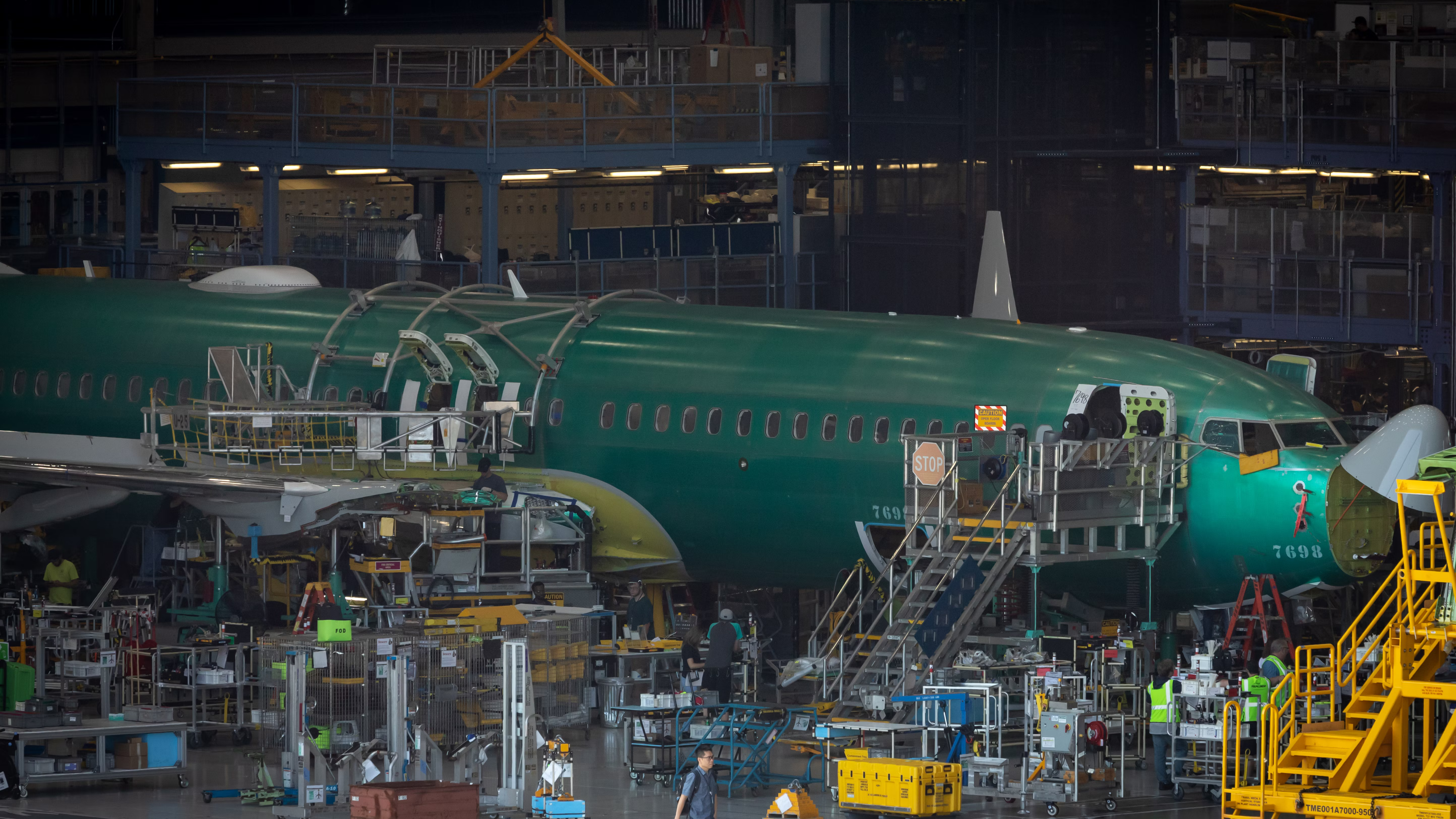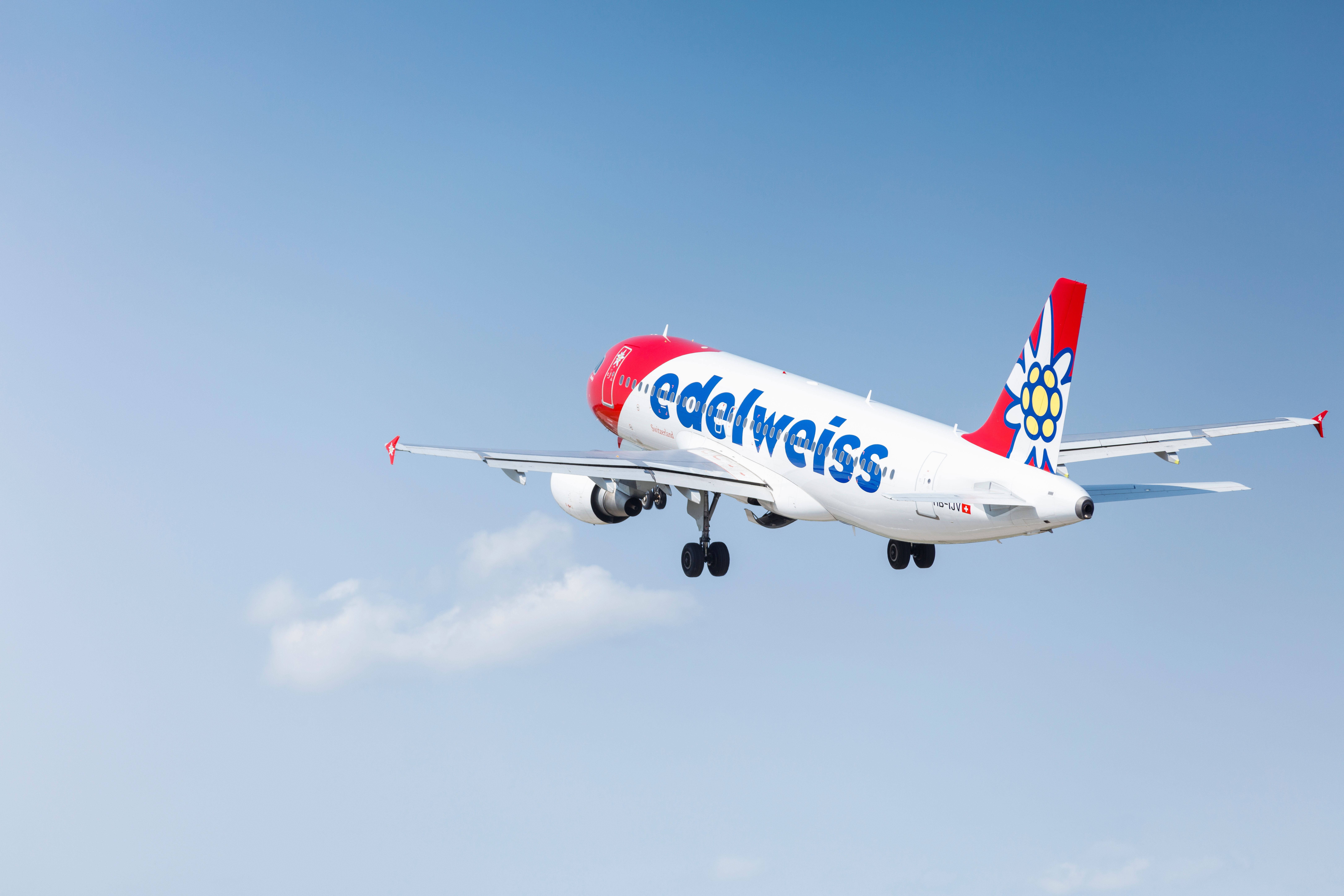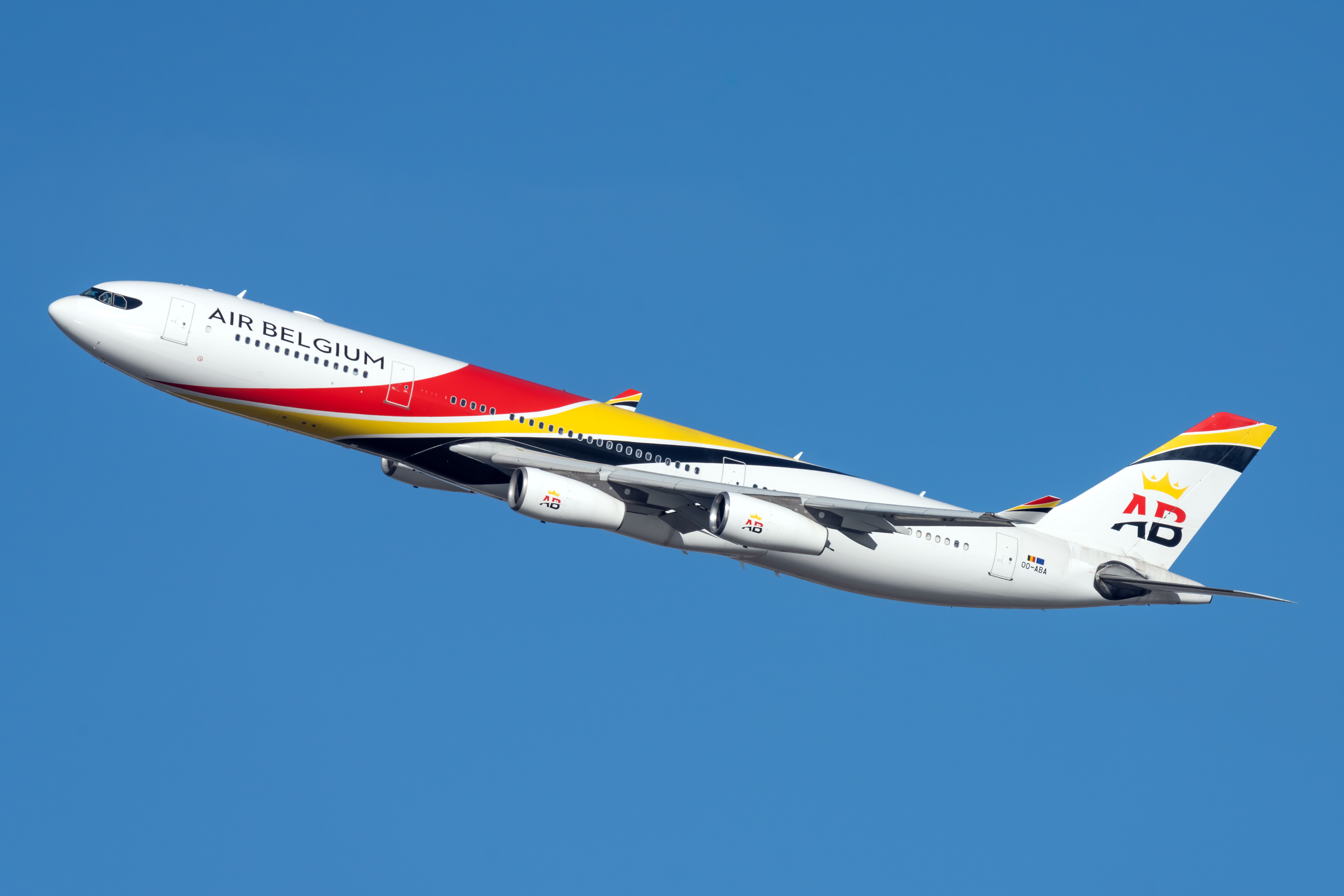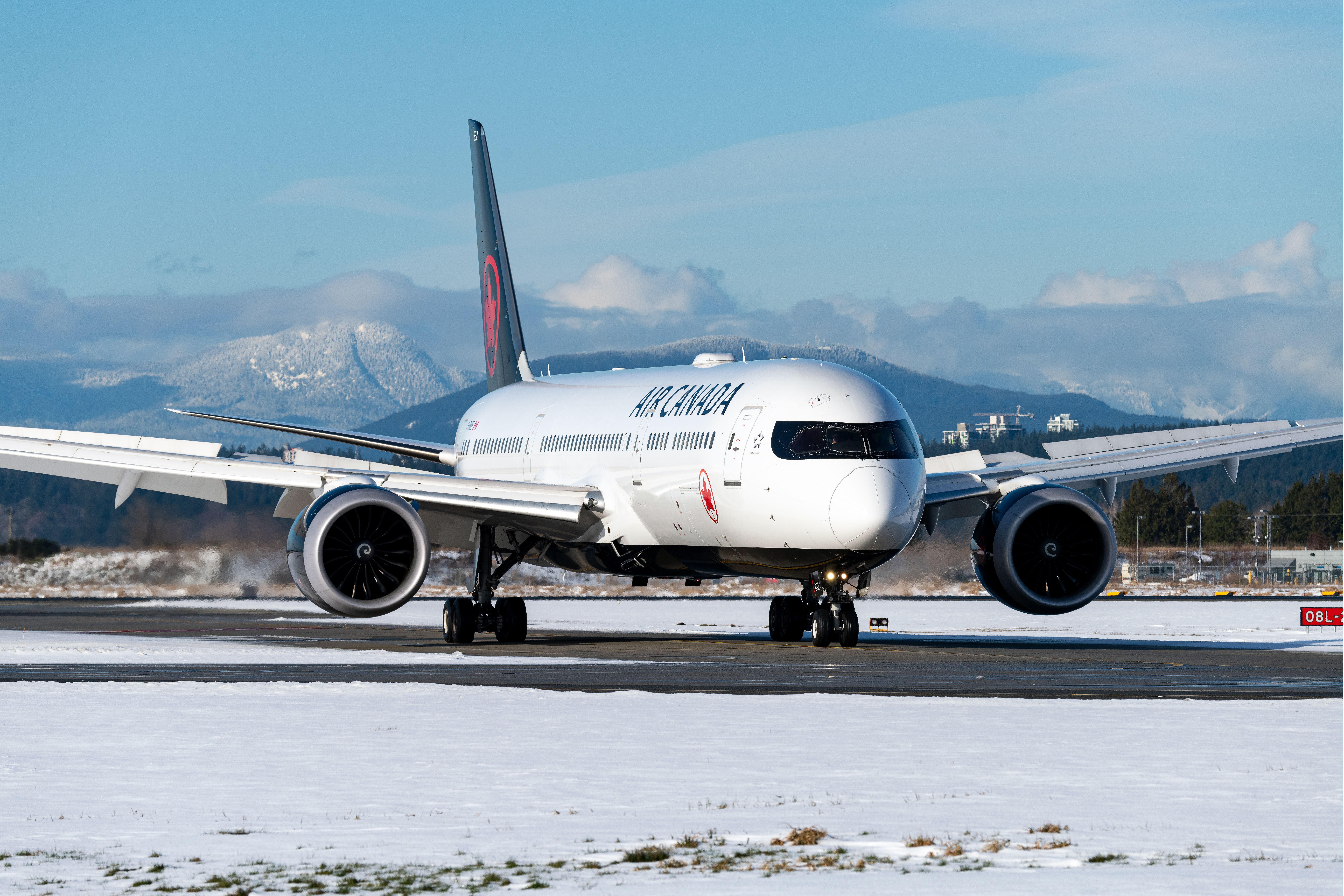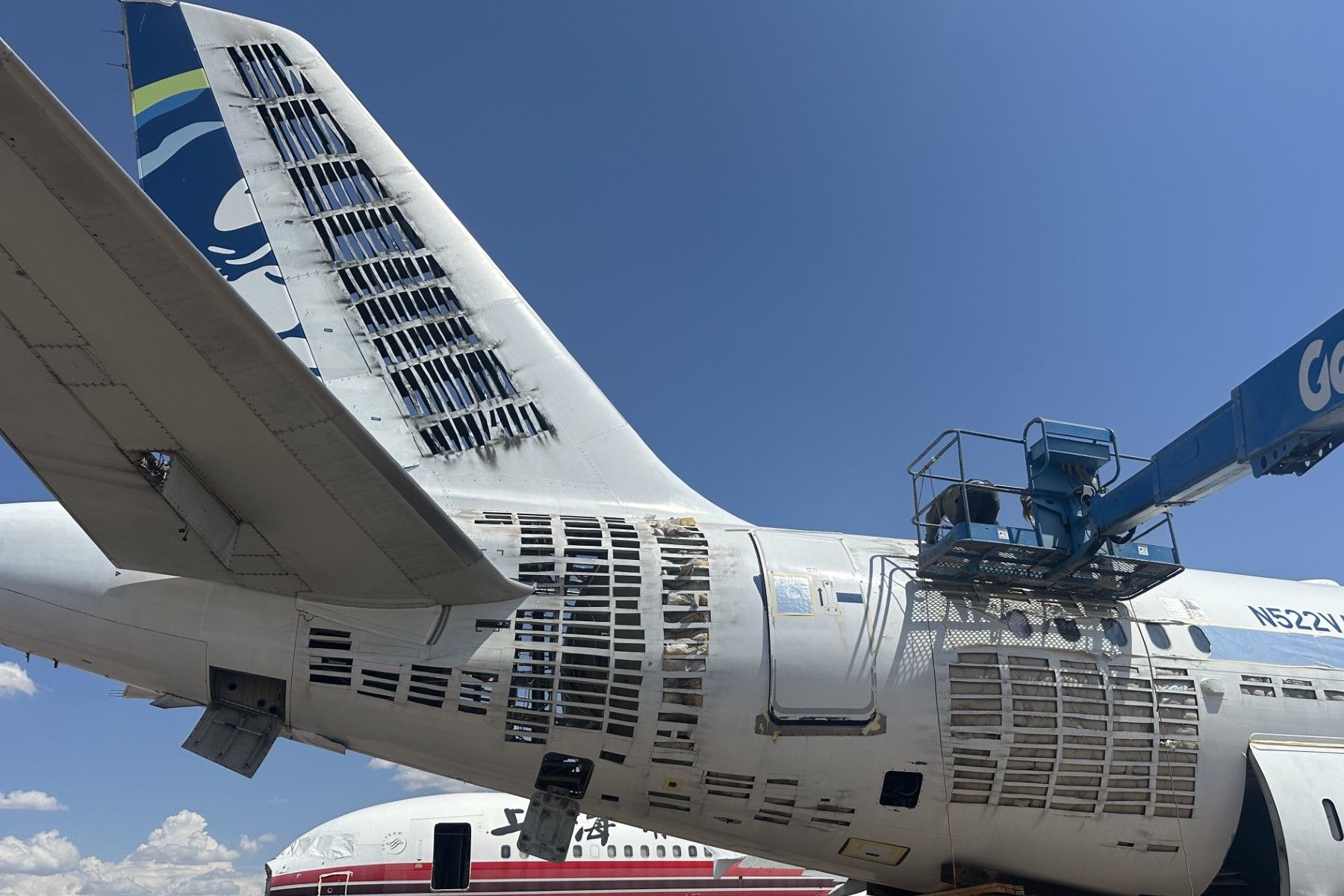Summary
- Most modern commercial airliners are designed for roughly 30,000 cycles and can last between 25 and 35 years.
- Pressurization cycles add stress to the airframe and limit the lifetime of the aircraft.
- Unusual routines, such as short-distance flights, can prematurely age an aircraft, as well as economic factors.
Like any other machine, aircraft are also designed with a specific lifetime attached to them. The aircraft life depends on the structure's ability to hold while taking on flight stresses. The aircraft's structural design is based on the stressed skin philosophy - the skin, frame, beams, and ribs are load carriers.
While the actual life of an aircraft depends on the number of cycles and hours it runs, most modern commercial airliners are built for roughly 30,000 cycles. In terms of timeframe, an airframe can last between 25 and 35 years. This article focuses on the typical lifespan of some of the most iconic jetliners, as highlighted by AviationFile.
Pressurization cycles add to the stresses the aircraft structure undergoes during flight. A typical day in the life of a narrowbody jet, such as the Airbus A320, calls for 5-6 flight sectors, and such frequency of structural stresses limits the lifetime of the aircraft.
Life-line strategies
An airliner's operational life is specified through the fail-safe and safe-life philosophies of manufacturing. The fail-safe philosophy ensures that a complete failure of the structure does not occur even if part of it fails. For example, frequent pressure cycles incur high stresses on the airframe. As a result, the structure is fatigued and prone to cracks and breakage.
If a specific section of the airframe is ruptured, it will not cause the entire structure to fail. The stressed skin philosophy prevents the fuselage from breaking and causing a complete failure. The safe-life philosophy allows manufacturers to establish lowered inspection programs for systems that cannot be covered by a fail-safe design.
For example, an aircraft's landing gears cannot be covered under fail-safe operations despite the stresses they take upon each landing. As such, a safe-life strategy is implemented by lowering the inspection requirements to identify anomalies long before failure.
An aircraft's landing gear can survive 30,000 routine landings before the need for inspection for abnormalities. However, a safe-life strategy imposes a detailed stress inspection at 10,000 cycles, preventing the chance of uncaught fatigued parts.
So, how long should commercial airframes last?
Aircraft manufacturers maintain a balance between the hard limits of safe-life parts and failure modes of fail-safe designed systems. Short-range narrowbody jets are typically intended for 50,000 flight cycles. With an average of five flight cycles per day, a narrowbody aircraft can last 27 years of operation, plus downtime for maintenance.
Long-range widebody airliners, such as the Boeing 747, are designed for approximately 30,000 flight cycles. With an average of 1.2 cycles per day, such an aircraft can last over four decades. The life limit of newer composite-driven widebody airframes is much higher. According to Boeing, the designed lifespan of a Boeing 787 Dreamliner is 44,000 flight cycles.
Premature Aging
While it is not uncommon for airliners to have over three decades of operational life, unusual routines and events age the aircraft prematurely. Airplanes that regularly fly very short distances are prone to frequent stresses on the airframe and wings. For example, aircraft that run short island hops for Hawaiian Airlines age much more quickly than others.
Economic factors also force some airliners into premature retirement, as in the case of the Airbus A380. Several major airlines retired the A380s in their teen years due to the diminished economic viability of those aircraft. With Airbus’ most iconic aircraft being obsolete, the company had no choice but to pull the plug on its production.
New entrants to the market also push less economical aircraft out well before retirement age. As such, operators frequently renew their fleets to fly advanced fuel-efficient aircraft and provide the latest offerings to their customers.
What are your thoughts on the lifespan of commercial airframes? Tell us in the comments section.

